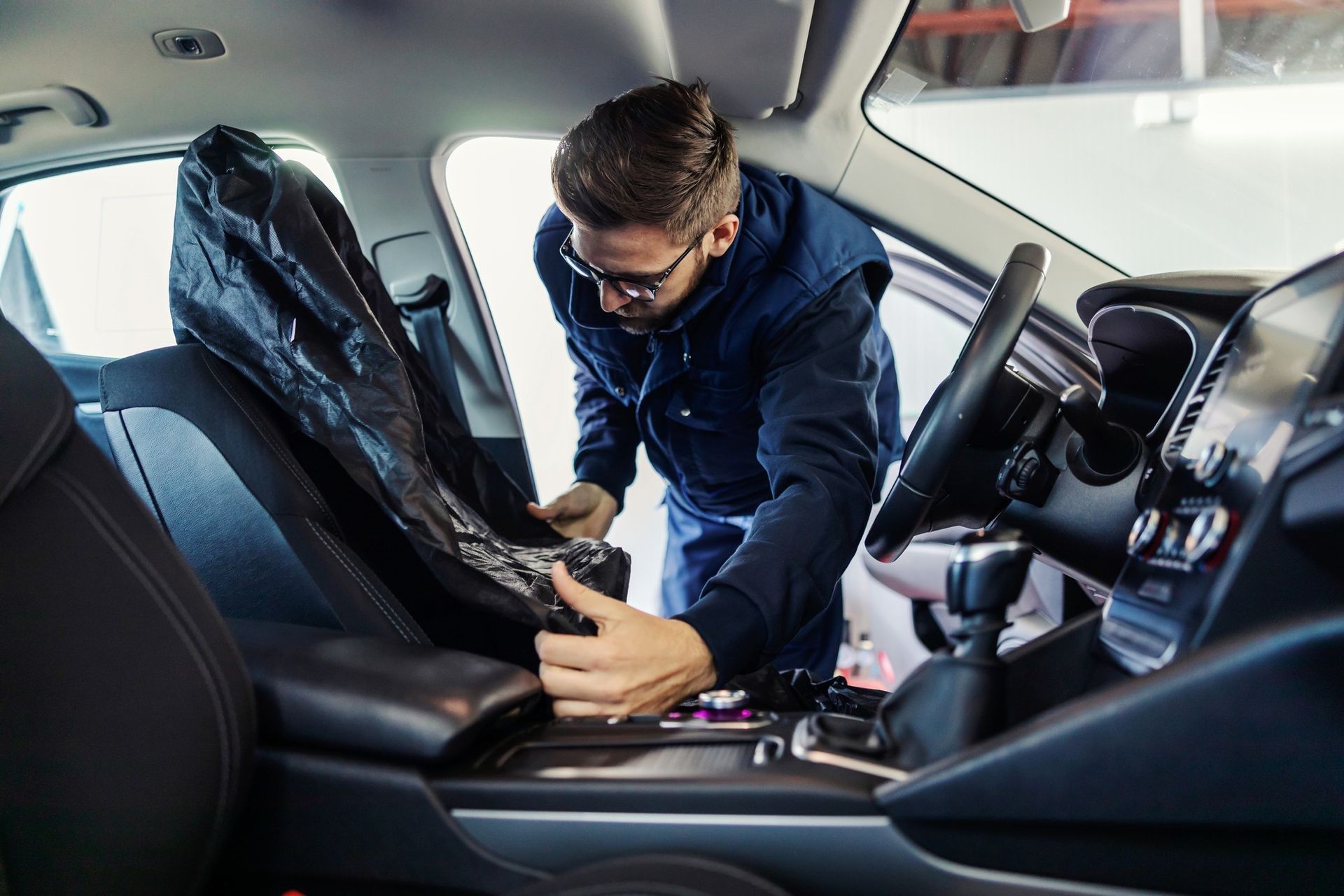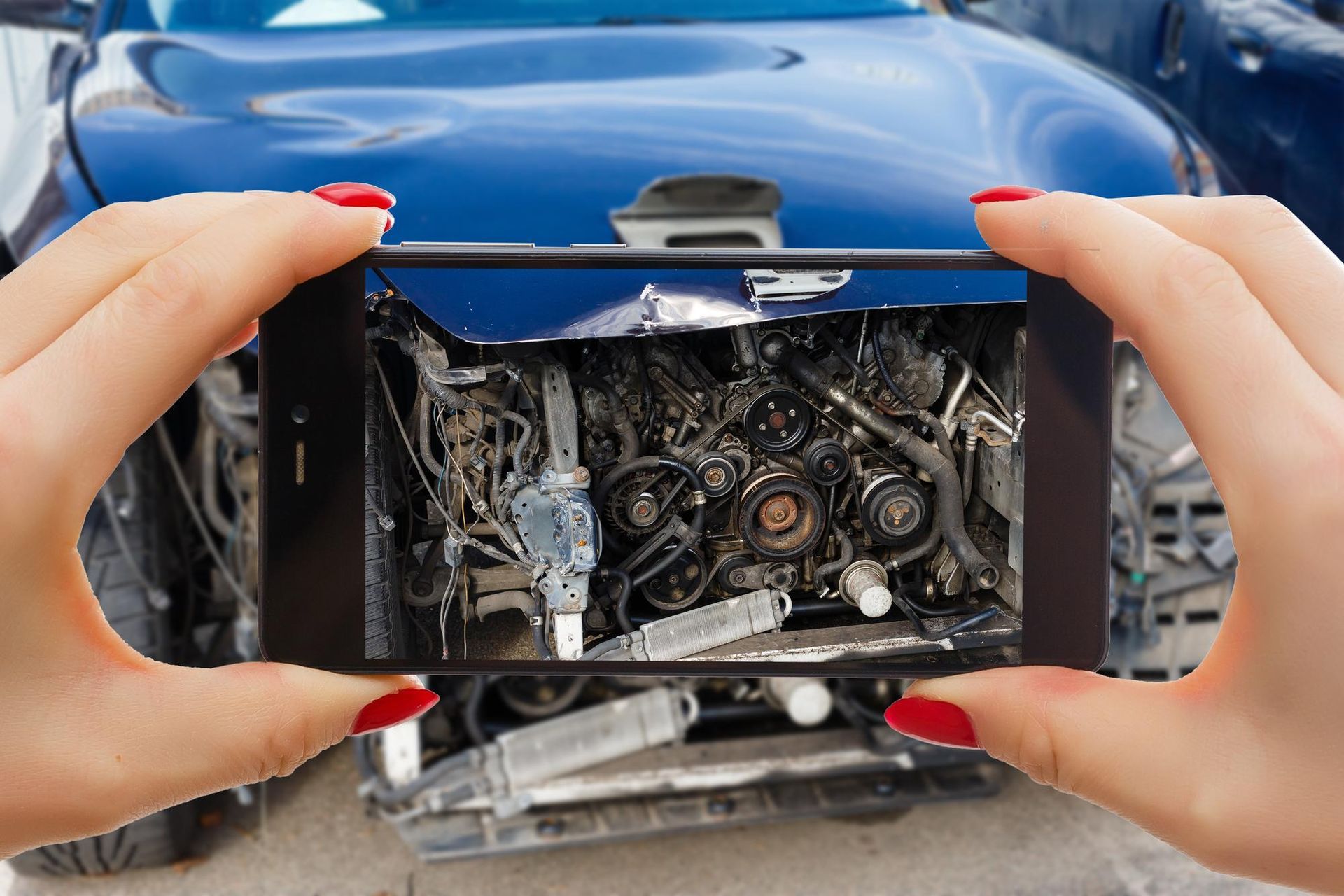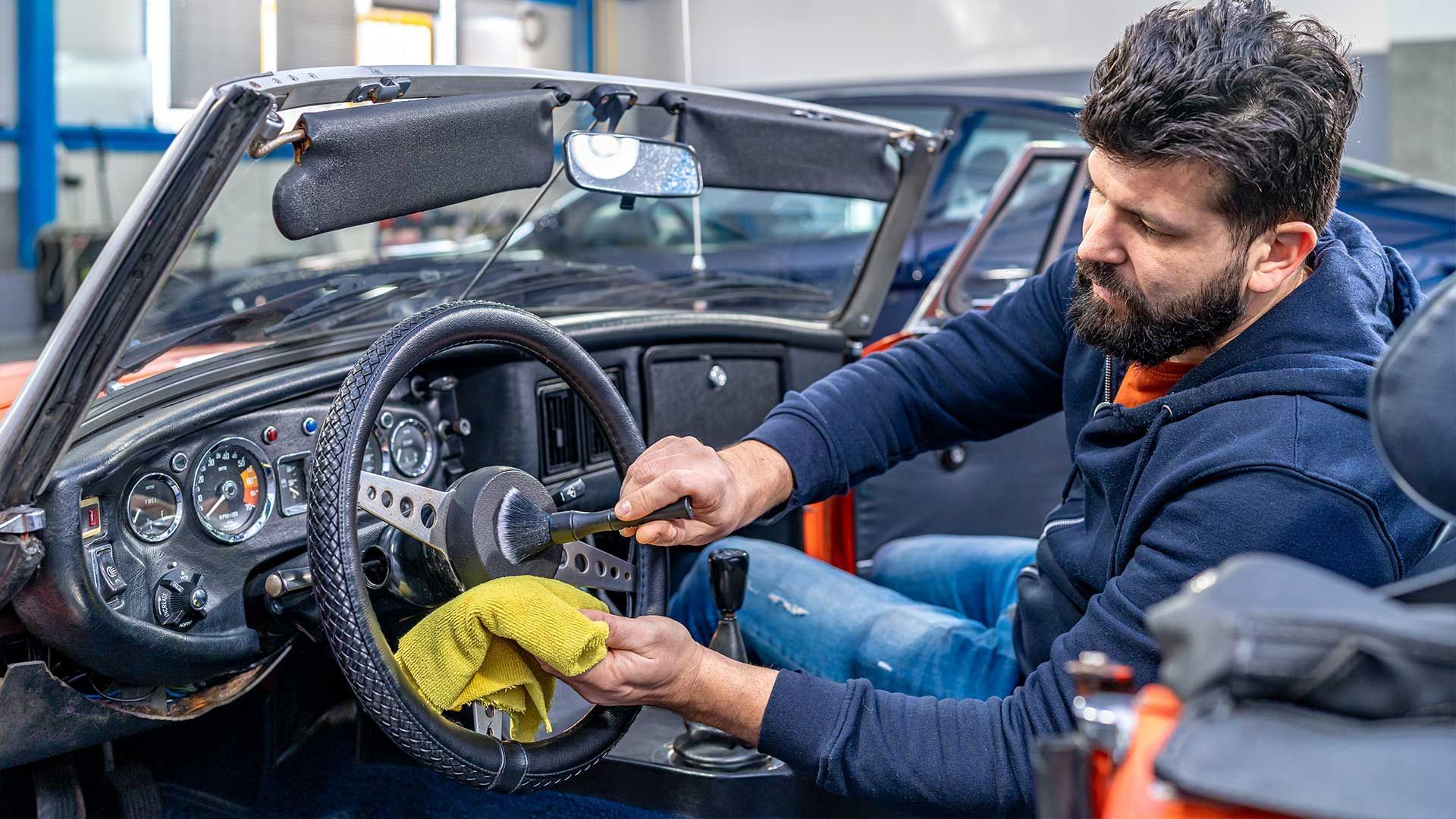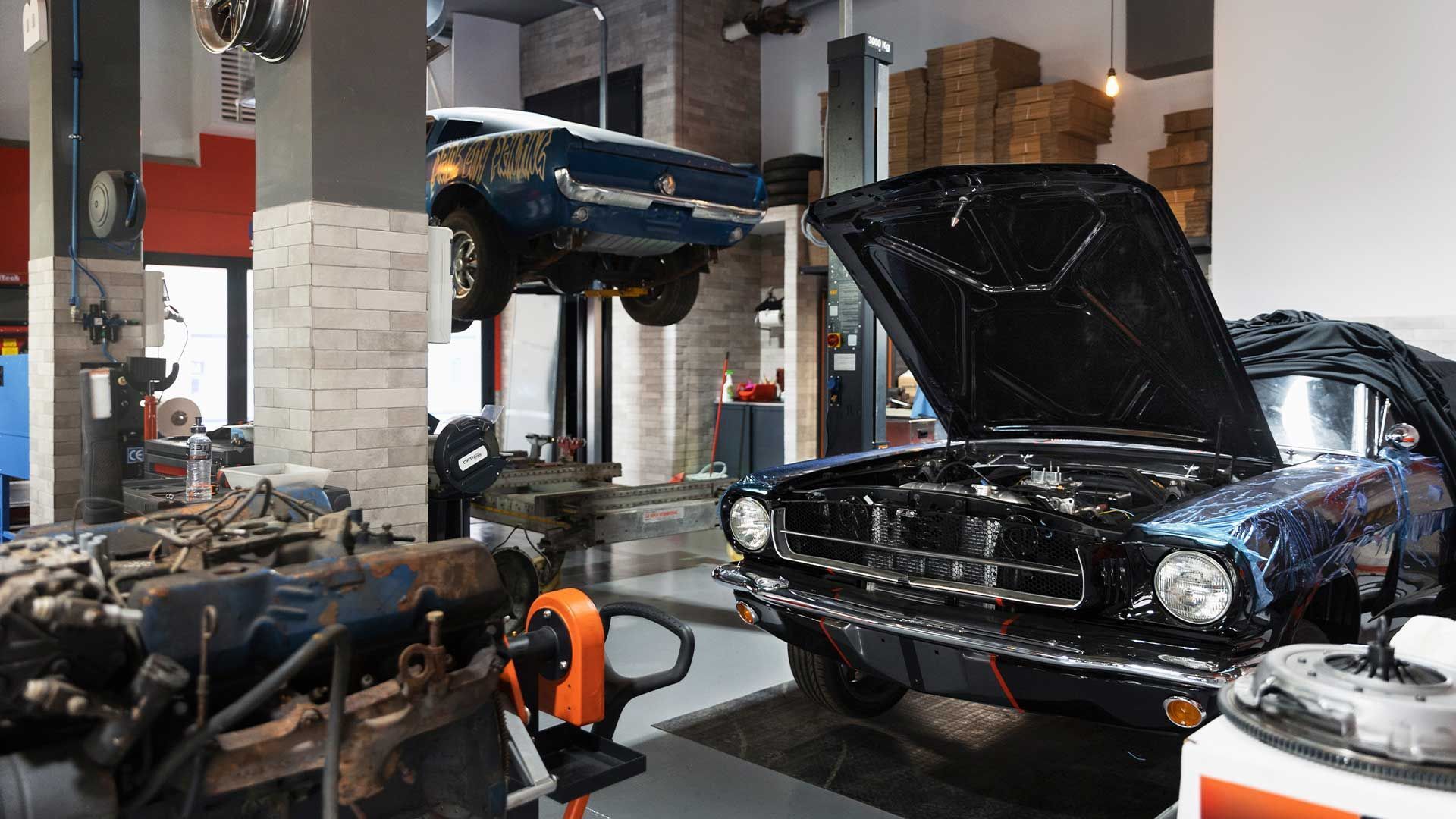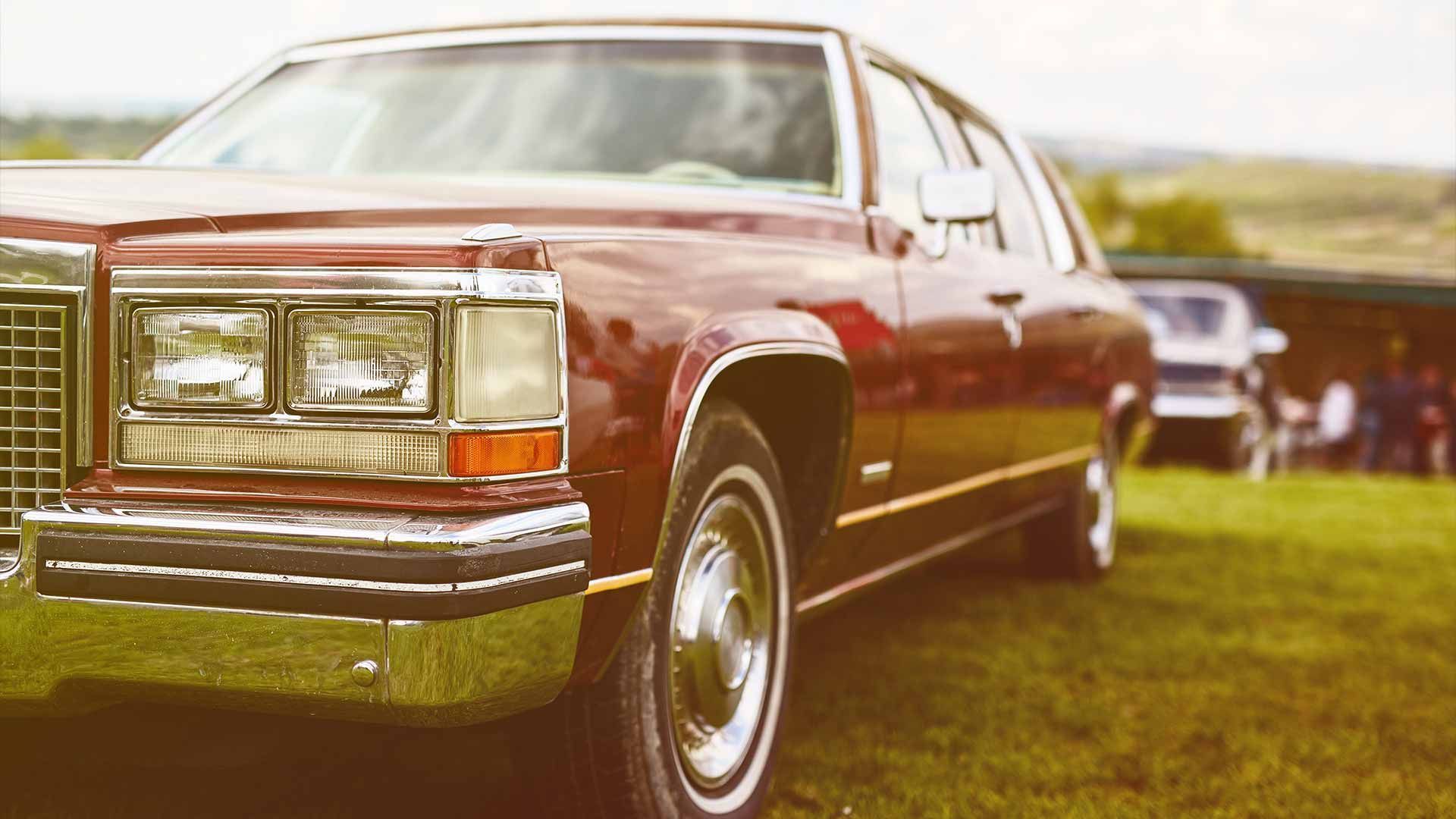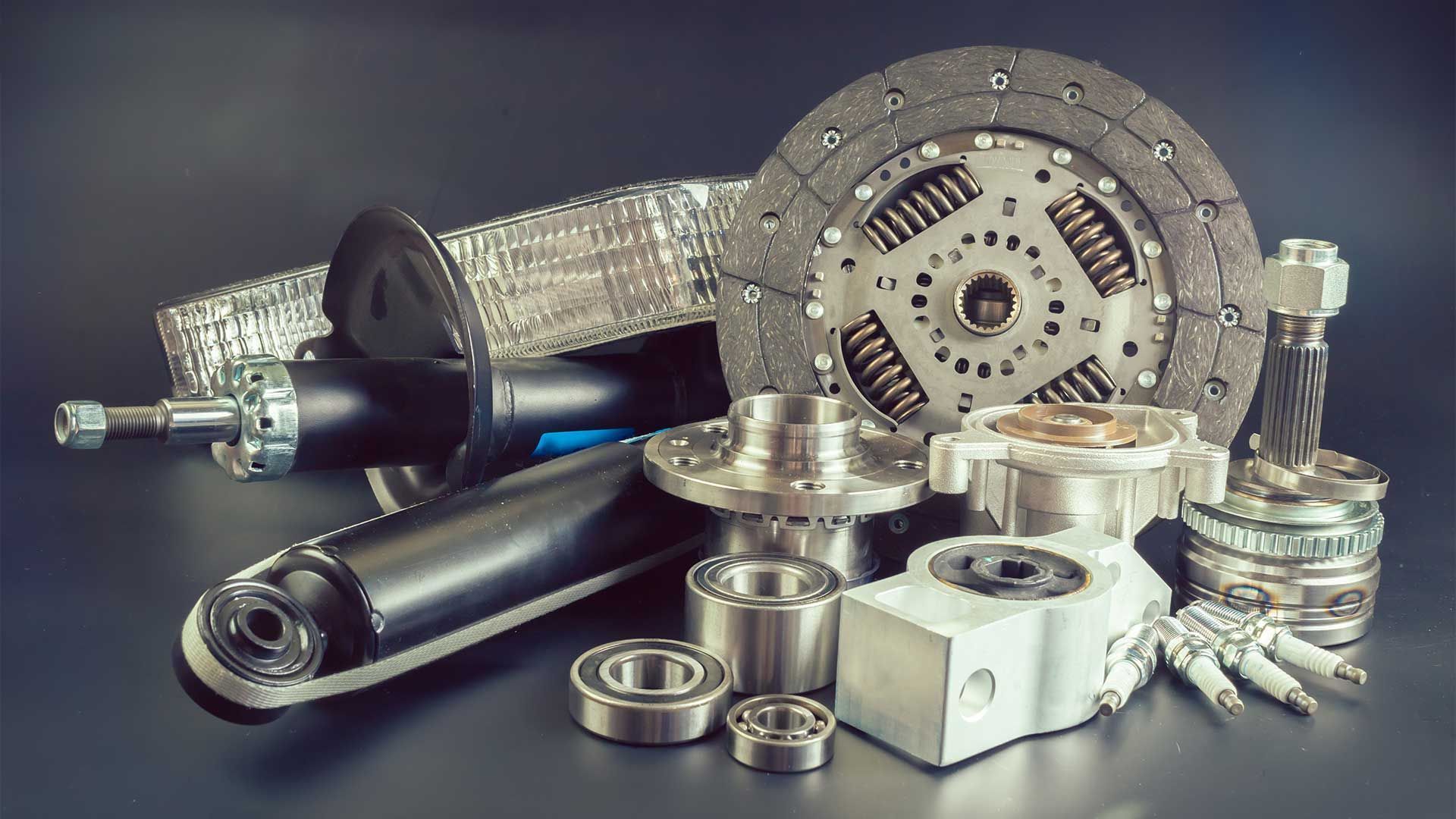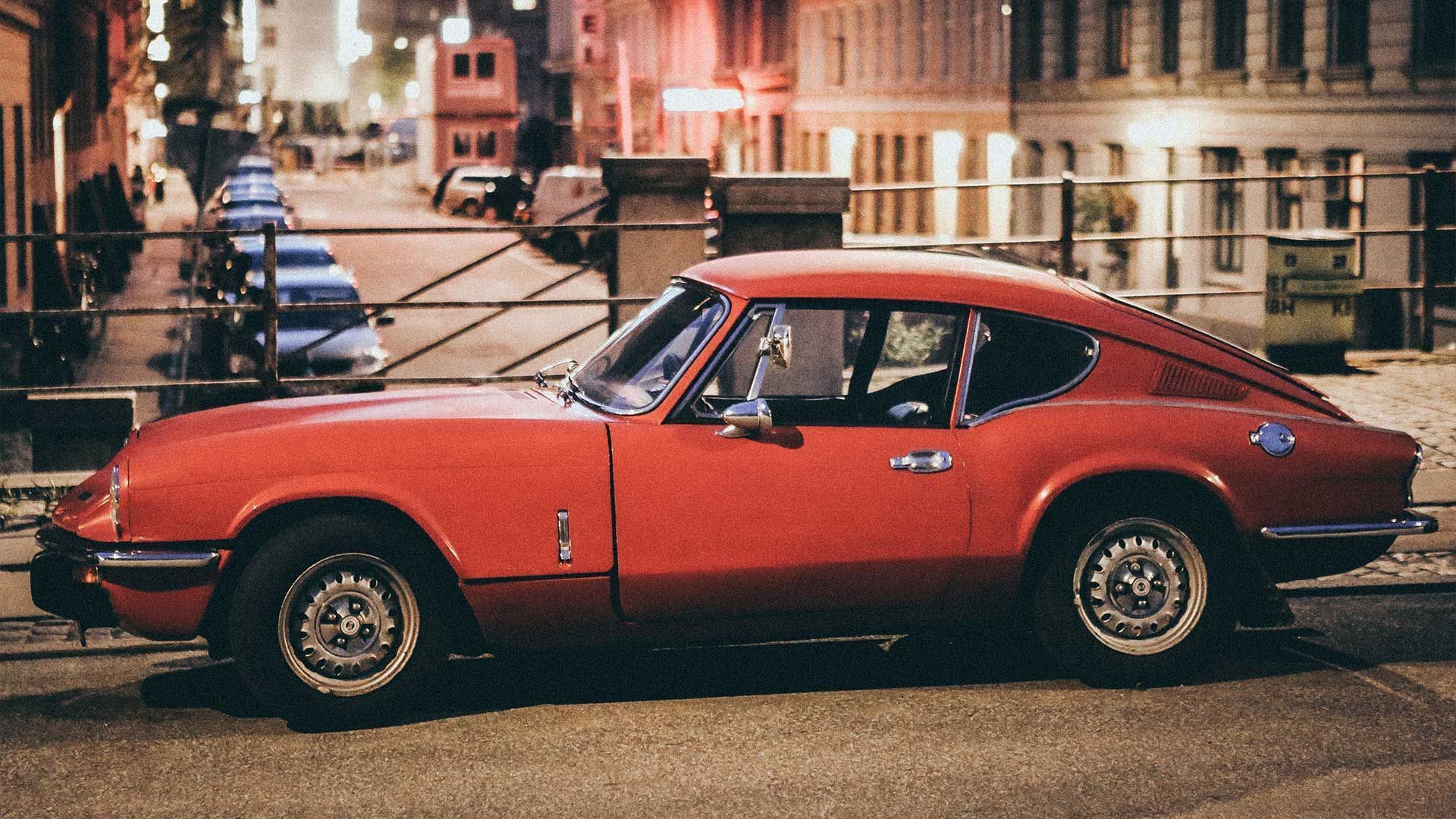Classic Car Revivalist: Exploring the Restoration Craftsmanship
THE FASCINATION WITH CLASSIC CARS
Classics cars, with their elegant designs and powerful engines, have an enduring allure. They represent a bygone era of craftsmanship and innovation that still captivates the hearts of many today. The fascination with classic cars goes beyond their aesthetic appeal; it's a connection to history and a celebration of the ingenuity of automotive pioneers.
Enthusiasts and collectors often describe their classic cars as treasures, and rightly so. These vehicles carry with them stories of the past, whether it's the roar of a muscle car from the '60s or the elegance of a pre-war luxury automobile. Every classic car has a unique history, and restoration enthusiasts are dedicated to preserving and honoring that history.
THE ART AND SCIENCE OF CLASSIC CAR RESTORATION
Restoring a classic car is much more than a hobby; it's a labor of love that combines artistry and engineering. The restoration process can be broken down into several stages, each requiring a different set of skills and a keen eye for detail.
The process begins with assessment and planning. Restoration enthusiasts carefully evaluate the condition of the classic cars they're working on and create a detailed plan of action. This stage is crucial in determining the scope of the restoration project and setting realistic goals.
Next comes the disassembly and documentation phase, where every part of the vehicle is carefully removed, cataloged, and documented. This meticulous record-keeping ensures that no detail is overlooked during reassembly.
Restoration techniques vary depending on the condition of the classic cars. Some may require extensive mechanical work, including engine and transmission restoration, while others may need bodywork and paint restoration to remove rust and imperfections. Upholstery and interior restoration bring back the comfort and elegance of the original design.
One of the most critical aspects of classic car restoration is authenticity and historical accuracy. Enthusiasts strive to maintain the originality of the vehicle, sourcing vintage parts and ensuring that every detail aligns with the manufacturer's specifications.
The final stage involves reassembly and refinishing. It's the moment when all the hard work pays off, and the classic car begins to resemble its former self. Painstaking attention to detail ensures that every component fits perfectly, and the vehicle looks and functions as it did when it first rolled off the assembly line.
MASTERING THE CRAFT: SKILLS NEEDED FOR CLASSIC CAR RESTORATION
Classic car restoration demands a diverse set of skills and knowledge areas. Mechanics, bodywork experts, painters, and upholstery specialists all play essential roles in the process. Let's take a closer look at these skills and how they contribute to successful restoration projects.
Mechanical Expertise: Classics cars often require extensive mechanical work, including engine and transmission restoration. This involves dismantling, cleaning, repairing, and reassembling various components. A deep understanding of automotive mechanics is crucial for this aspect of restoration.- Bodywork and Paint: Restoring the body of a classic car can be a challenging task. Experts in bodywork and paint restoration excel at repairing rust, dents, and imperfections. Achieving the perfect finish requires skillful sanding, priming, painting, and polishing.
- Upholstery and Interiors: The interior of a classic car is where the driver and passengers truly experience its charm. Upholstery specialists restore seats, carpets, and headliners to their original condition. Attention to detail is key in recreating the interior's authenticity.
- Authenticity and Historical Accuracy: Maintaining the historical accuracy of a classic car is a fundamental aspect of restoration. Enthusiasts meticulously research and source original parts, ensuring that every detail aligns with the manufacturer's specifications. This dedication to authenticity sets classic cars apart.
These skills, when combined, result in a restoration project that brings classic cars back to life, preserving their heritage for generations to come.
TOOLS OF THE TRADE: EQUIPMENT AND RESOURCES
The restoration process is not just about skills and expertise; it also requires specialized tools and access to resources that are essential for the job. Let's take a closer look at the equipment and resources that classic car revivalists rely on.
Specialized Tools and Equipment: Classic car restoration demands a range of specialized tools and equipment, from wrenches and socket sets to sandblasters, spray booths, and precision measuring instruments. These tools enable restoration enthusiasts to disassemble, repair, and reassemble classic cars with precision.- Access to Vintage Parts: Finding authentic vintage parts can be a significant challenge, as many original components may no longer be in production. Restoration enthusiasts often rely on salvage yards, online marketplaces, and classic car clubs to source the necessary parts. Some even fabricate parts from scratch to ensure historical accuracy.
- Manuals and Reference Materials: Restoring classic cars often involves consulting repair manuals, parts catalogs, and historical documentation to understand the vehicle's specifications and assembly details. These resources provide invaluable guidance throughout the restoration process.
- Technology: While classic car restoration is a traditional craft, modern technology has found its place in the restoration workshop. Computer-aided design (CAD) software, 3D printing, and advanced diagnostic tools have become valuable assets in tackling complex restoration projects.
Having the right tools and access to resources is essential for the success of any restoration project. It's a testament to the dedication and commitment of classic car revivalists that they go to great lengths to acquire and maintain these assets.
CHALLENGES AND COMMON ISSUES IN RESTORATION
While classic car restoration is a rewarding pursuit, it comes with its fair share of challenges and common issues. Whether you're a seasoned restoration enthusiast or a newcomer to the world of classic cars, it's essential to be aware of these challenges and how to overcome them.
- Finding Rare Parts: As mentioned earlier, locating authentic vintage parts can be a daunting task. Many classic cars have unique components that are no longer in production. Restoration enthusiasts often spend significant time and effort searching for these rare parts, attending swap meets, and networking with fellow enthusiasts.
- Rust and Corrosion: Classics cars, especially those that have been sitting for years, are susceptible to rust and corrosion. Repairing rust damage requires specialized skills and tools, as well as a meticulous approach to sanding, patching, and refinishing affected areas.
- Matching Original Paint: Achieving a perfect match for the original paint color can be challenging, as paint formulas and finishes have evolved over the years. Skilled painters use color-matching techniques and custom mixing to recreate the exact shade and finish of the vehicle's original paint.
- Upholstery Dilemmas: Restoring the interior of a classic car, including seats, carpets, and headliners, can be tricky. Finding materials that match the original design and texture can be challenging, but upholstery specialists take pride in recreating the authentic look and feel of the interior.
Overcoming these challenges requires patience, dedication, and a willingness to learn. Restoration enthusiasts often share their experiences and solutions within the close-knit community, making it easier for newcomers to navigate these obstacles.
THE RESTORATION COMMUNITY
Classic car restoration is not a solitary pursuit; it's a passion that brings people together. Enthusiasts, collectors, and restoration experts form a tight-knit community bound by their love for classics cars. This community plays a significant role in supporting and encouraging individuals on their restoration journey.
Clubs and Organizations: Classic car clubs and organizations exist worldwide, catering to specific makes and models. These clubs provide a platform for enthusiasts to connect, share knowledge, and showcase their restored classics cars. They often host events, rallies, and car shows that bring the community together.- Online Forums and Social Media: The digital age has expanded the classic car restoration community to online platforms. Enthusiasts can join forums, social media groups, and online communities to seek advice, share their progress, and connect with fellow revivalists from around the world.
- Local Networks: Many restoration enthusiasts form local networks and workshops where they collaborate on projects, share tools, and offer guidance to newcomers. These local connections create a sense of camaraderie and support.
- Events and Gatherings: Classic car enthusiasts eagerly participate in events like car shows, auctions, and swap meets. These gatherings provide opportunities to display their restored classic cars, discover rare parts, and immerse themselves in the world of vintage automobiles.
The restoration community is not just a group of enthusiasts; it's a family of like-minded individuals who understand the joys and challenges of preserving classic cars. Being part of this community adds depth and richness to the restoration experience.
SHOWCASING RESTORATION SUCCESS STORIES
To truly appreciate the craftsmanship and dedication that go into classic car restoration, let's take a moment to showcase some restoration success stories. These tales of transformation and revival exemplify the magic of restoration and the enduring beauty of classic cars.
One such success story revolves around a neglected 1969 Chevrolet Camaro that had seen better days. Its body was riddled with rust, and the engine was in desperate need of attention. A dedicated enthusiast took on the challenge, meticulously restoring every component. After months of hard work, the Camaro emerged as a shining example of automotive restoration, with its original V8 engine purring to life and its sleek body gleaming.
Another remarkable restoration journey involved a rare 1955 Mercedes-Benz 300SL Gullwing. This iconic sports car had spent decades in storage, its engine in disrepair and its interior showing signs of wear. A restoration team with a passion for perfection painstakingly restored the Gullwing, ensuring that every component met the original specifications. The result was a masterpiece that captured the essence of the 300SL's glory days.
These restoration success stories not only demonstrate the incredible craftsmanship behind classic cars but also serve as an inspiration for aspiring revivalists. They highlight the transformational power of restoration and the satisfaction that comes with breathing new life into these automotive legends.
CONCLUSION
In the world of classic car restoration, enthusiasts are more than hobbyists; they are revivalists, dedicated to preserving the heritage of classic cars for future generations. The fascination with these timeless automobiles, the art and science of restoration, the skills required, the tools of the trade, the challenges faced, the close-knit community, and the restoration success stories all contribute to a rich and fulfilling journey.
As you explore the realm of classic cars and restoration craftsmanship, remember that every bolt turned, every layer of paint applied, and every vintage part sourced is a testament to the passion and commitment of revivalists. The classic cars they restore not only transport us back in time but also remind us of the enduring beauty and innovation of automotive history.
So, whether you're a seasoned classic car enthusiast or someone considering embarking on a restoration project, embrace the challenges, relish the camaraderie of the community, and revel in the satisfaction of becoming a classic car revivalist. In doing so, you'll play a vital role in preserving the legacy of classic cars and ensuring that their allure continues to captivate generations to come.
And when it comes to finding the best service provider for classic car restoration in Maricopa, AZ, look no further than LR Classics, LLC. With their dedication to excellence and a keen eye for detail, they are the go-to experts for bringing classic cars back to life. You can reach them at (520) 494-2745. At LR Classics, LLC, we take pride in our craftsmanship and commitment to preserving the classics cars that hold a special place in our hearts.
FREQUENTLY ASKED QUESTIONS (FAQS)
HOW LONG DOES IT TYPICALLY TAKE TO RESTORE A CLASSIC CAR?
The time required for a classic car restoration can vary widely depending on the make and model of the vehicle, its condition, and the extent of the restoration. Some projects can take several months, while others may span multiple years.
IS CLASSIC CAR RESTORATION A COST-EFFECTIVE ENDEAVOR?
Classic car restoration can be a labor of love, but it can also be expensive. Costs can include the purchase of the car, replacement parts, tools, and labor. It's essential for enthusiasts to budget carefully and be prepared for potential expenses.
DO I NEED PRIOR AUTOMOTIVE EXPERIENCE TO RESTORE A CLASSIC CAR?
While prior automotive experience can be beneficial, it's not always necessary. Many restoration enthusiasts start with basic knowledge and gradually acquire skills through hands-on experience and learning resources. However, for complex restorations, seeking the assistance of experienced professionals is advisable.
HOW DO I FIND RARE OR VINTAGE PARTS FOR MY CLASSIC CAR RESTORATION PROJECT?
Finding rare or vintage parts can be a challenge. Enthusiasts often rely on a combination of sources, including salvage yards, online marketplaces, classic car clubs, and specialized suppliers that focus on vintage and reproduction parts.
CAN I RESTORE A CLASSIC CAR TO ITS ORIGINAL FACTORY CONDITION, OR CAN I MODIFY IT TO MY PREFERENCES?
Classic car restoration offers flexibility. Some enthusiasts aim for a factory-original restoration, meticulously replicating the car's original condition. Others choose to modify classics cars, adding modern components and customizations to suit their preferences. The path you take depends on your vision for the car and your personal preferences.
